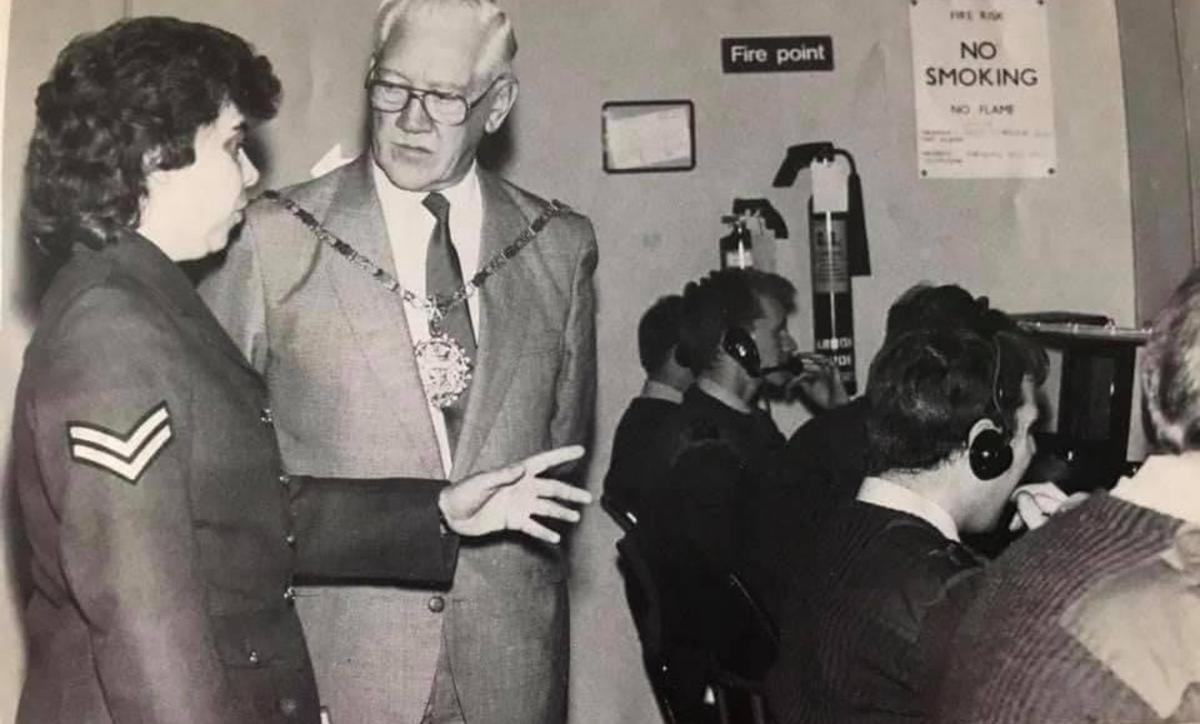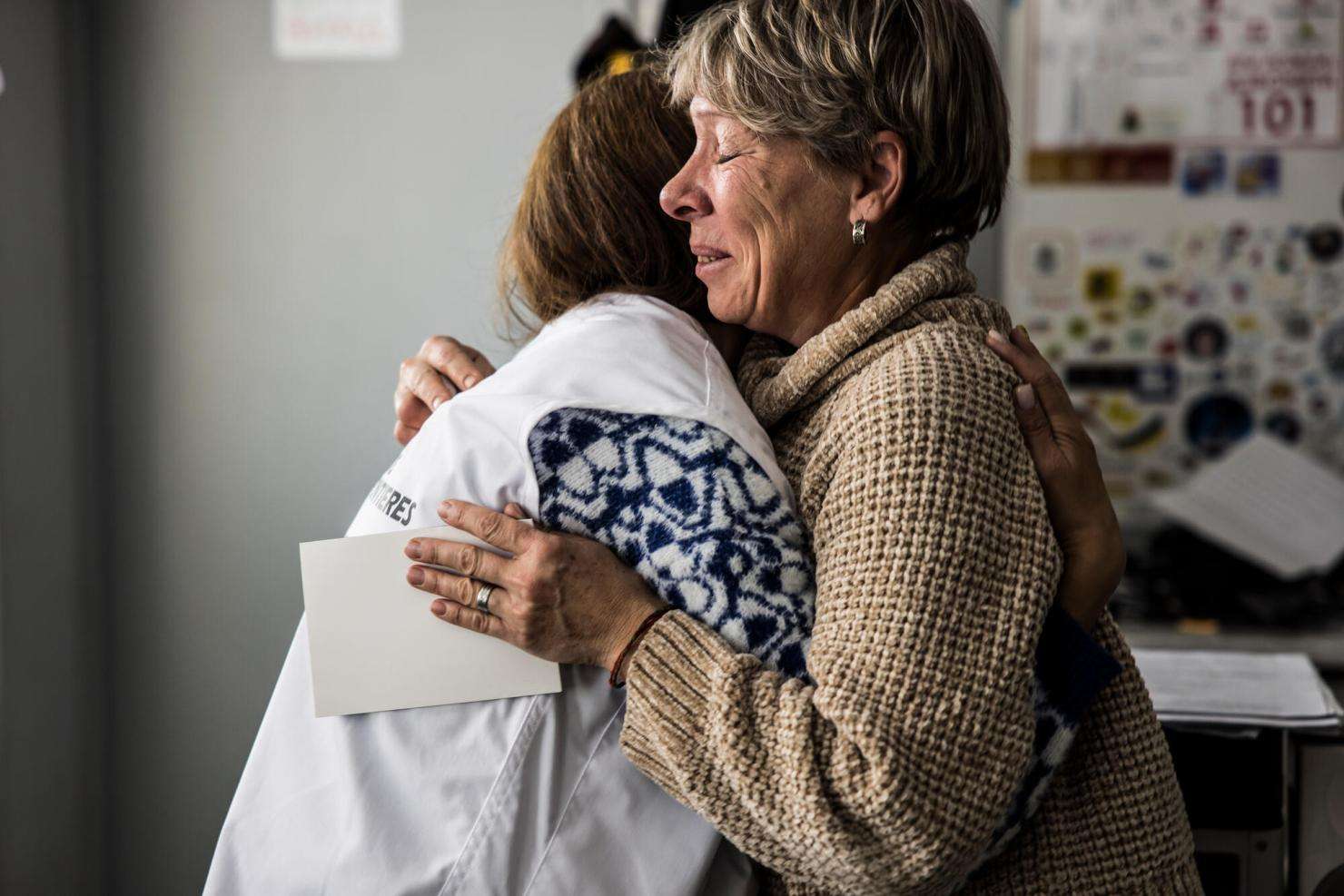
A Journey of Transformation: From Military Engineer to Solutions Architect – Julie’s Story
Julie’s career began before computers were widely used, which meant that transitioning to working with software was a significant learning curve for her. At the age of 40, she decided to pursue a degree in computer science, something she never thought she would do. Out of 30 students, Julie was one of only three who completed the entire course.
After leaving the military in 2001, Julie joined a company called STASYS, which later became Leidos. She began as a tactical data links chief engineer and worked her way up to become a solutions architect. In this role, she is responsible for designing and delivering complex and integrated defense solutions. Julie emphasizes that being a solutions architect involves considering not just the technical aspects but also project management, finance, and the human elements.
Julie’s wealth of experience from her long and varied career is invaluable in her role as a solutions architect. She describes her advantage as knowing a bit about a lot of things, which helps her know where to go and who to talk to when deeper knowledge is needed in a particular area. The job presents new challenges and opportunities to learn constantly, which is something that Julie enjoys.
Despite being almost 64 years old, Julie still loves her work. She finds joy in the adrenaline rush of starting with a blank sheet of paper and turning it into something meaningful. Keeping her brain active and enjoying the work she does, Julie plans to continue working as long as she continues to find joy in it and has the mental capacity to do so.

